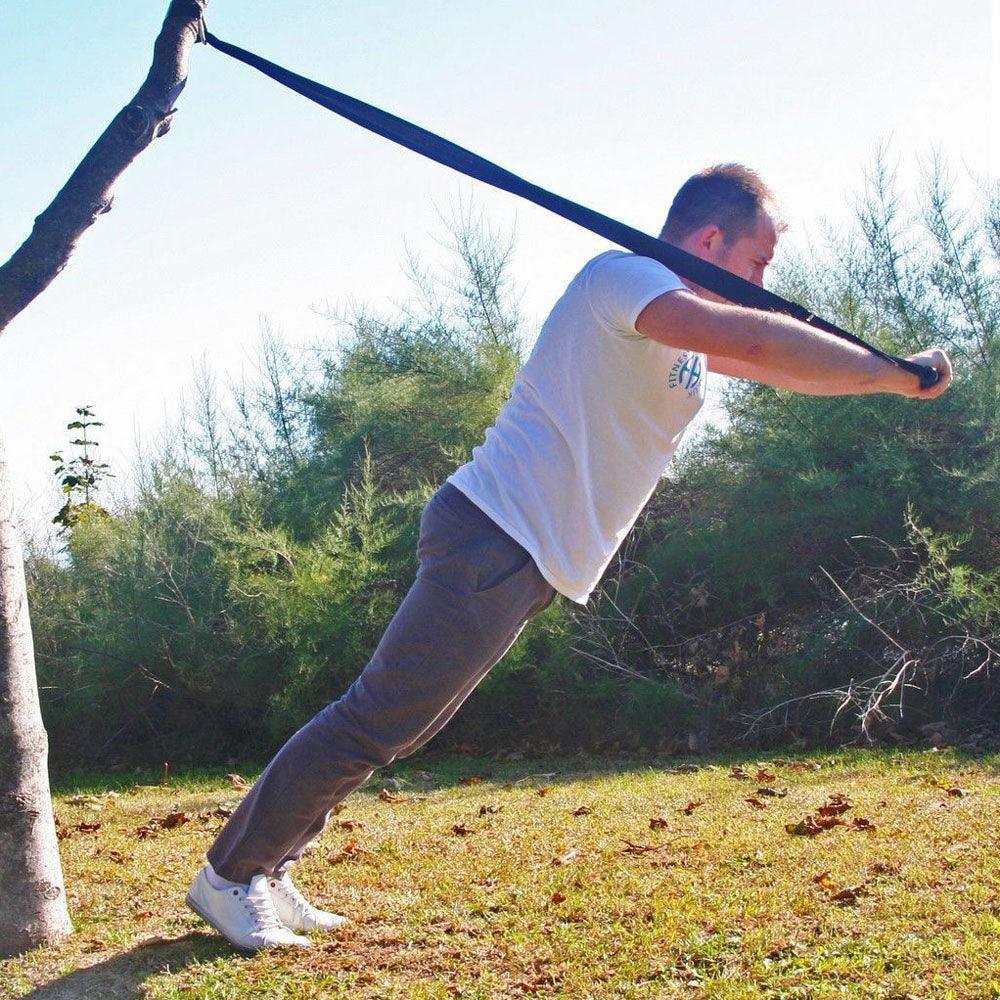Suspension training is a form of bodyweight exercise that uses the body's weight, gravity, and tension to build strength and muscle. It is often described as a bodyweight workout. One of the most popular and effective movements in suspension training is the bridge exercise.
Today I will be comparing suspension training to weight training and talking about why some people might choose one over the other. I will also be giving you a few tips on how to get started with your own suspension training routine.
The basics of suspension training
Suspension training is a type of training that uses a variety of different items such as ropes, straps, and harnesses to perform exercises that are otherwise difficult to perform without weights. It has a lot of benefits such as increased muscle tone, improved bone density, and improved balance.
There are also many benefits to weight training such as increased muscle tone and strength, improved bone density, and improved balance. The difference between the two is that with suspension training, you are performing the exercise while suspended in the air while weight training uses weight plates, barbells, or other weight training equipment.
The pros and cons of suspension training
Suspension training is a type of training that people use to help build muscle which builds strength in the core, shoulders, and arms It is similar to weight training. However, it is done by using a system of straps and pulleys to allow the user to perform exercises that are otherwise impossible while standing upright.
Some of the benefits of suspension training include the ability to work with more weight, the ability to work with more repetitions, and the ability to be more creative. However, the downside of suspension training is that the muscles don't get a complete workout.
The basics of weight training
Weight training is an organised exercise in which muscles are under a lot of tension, with weights or other devices, in order to get stronger and more powerful. It also helps you with endurance and builds shape.
The pros and cons of weight training.
There are many benefits to weightlifting but one of the best ones is arguably how it can affect your aesthetics. From a purely superficial point of view, no other form of exercise can beat lifting weights in the gym and getting buff at it. You know those rock hard arm muscles that have been keeping you up at night? You might have finally found the solution to having them when
Weight training is a type of exercise that uses resistance to increase muscle strength, endurance, and size.
Lifting weights is a measurement of my strength, there's no question about it. I like that I can always see how much weight I do or don't lift and track my progress over time.
Adding muscle or swapping fat for muscle increases your caloric needs and body's metabolic rate. The reason? Muscle burns more calories than fat. It's as simple as that. This process helps you burn fat or stay lean and healthy.
Conclusion
Suspension training is seen as a more difficult exercise than weight training and is often more beneficial for those who are just starting to exercise. Suspension training is seen as a more difficult exercise than weight training and is often more beneficial for those who are just starting to exercise. Suspension training is often seen as more beneficial for those who are just starting to exercise, but it can also be seen as too difficult for those who are not at a high enough skill level. Suspension training can also be seen as a more difficult form of weight training, because it requires much more coordination than weight training.
Suspension training is an effective way to tone and strengthen your muscles, but it has its drawbacks. On one hand, suspension training is cost efficient and time effective. Suspension training also allows you to work out without the risk of injury. On the other hand, suspension training can be difficult to master. It is important to be able to handle the physical and mental stress of the training.









